Playlist
Videos from the cybernetix.world 2020
Show more
12 videos in this playlist
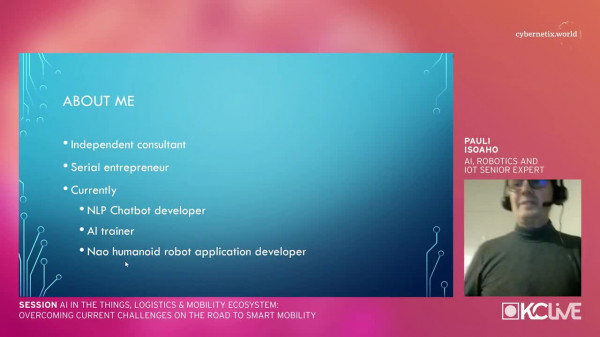
Event Recording
Pauli Isoaho: AI in the Things, Logistics & Mobility Ecosystem: Overcoming current Challenges on the Road to Smart Mobility
Dec 16, 2020
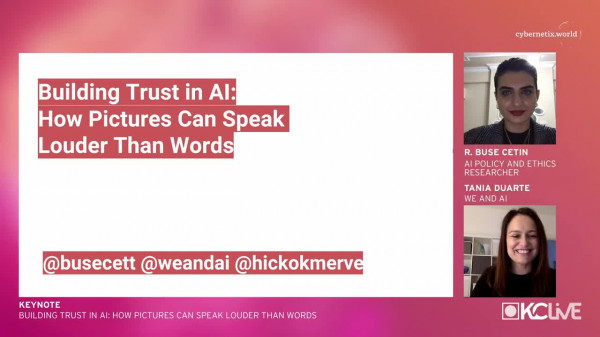
Event Recording
R. Buse Cetin, Tania Duarte: Building Trust in AI: How Pictures can Speak Louder than Words
Dec 16, 2020
As the buzz around Artificial Intelligence has increased, so have the issues around trust. There is an increasing polarisation in the discourse around AI, ADS and automation. So what can you do as a tech leader or employee in a company utilising tech, to build trust? Or much more to the point, what can you do to become trustworthy?
An important step is to communicate honestly with your customers and stakeholders about the technology you use. However too often organisations fall at the first hurdle due to the damaging visual misrepresentations of AI that accompany their written...
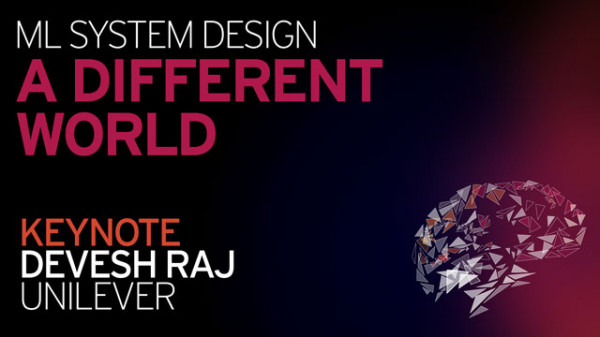
Event Recording
Devesh Raj: Machine Learning System Design: A Different World
Dec 10, 2020
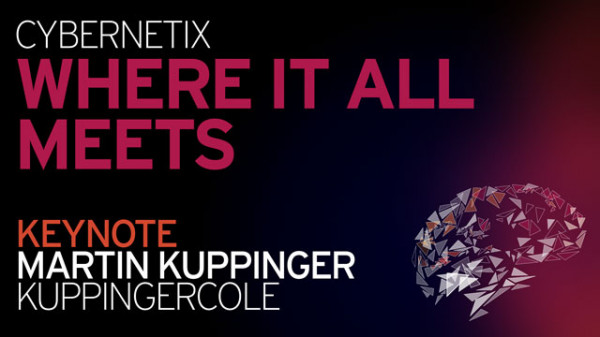
Event Recording
Martin Kuppinger: Where AI, Industrial IoT, Consumer IoT, Blockchain, Decentralized Identity, and Edge Computing Meet
Dec 03, 2020
Cybernetix Is What Makes Things Move, From Production to Modern 5G Based Public Infrastructures
Cybernetix is not a new discipline. However, it appears being more important than ever before. It is ubiquitous when it comes to AI (Artificial Intelligence). And when AI meets industrial IoT (Internet of Things) and OT (Operational Technology) , it is about the cybernetic model. In contrast to past times, it is about hundreds of signals per second per thing, device, and machine, which needs to be processed and used for optimization. No way doing so without AI.
When looking at public...
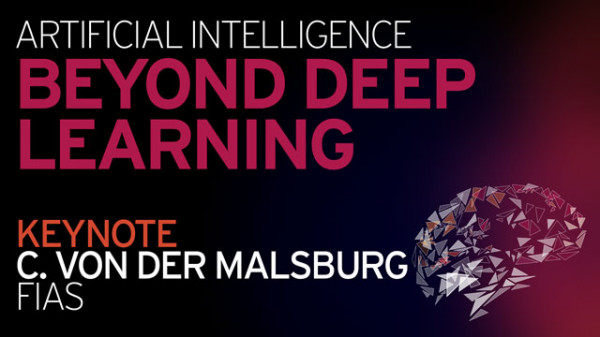
Event Recording
Prof. Dr. Christoph von der Malsburg: AI Beyond Deep Learning
Dec 03, 2020
So far, AI relies totally on human intelligence, in the form of human-written programs in classical AI or the human-provided sample data of deep learning. The pursuit of AI over the last five decades has been caught within a fixed conceptual framework. Given the current level of tremendous attention, investment, technological infrastructure and application potential, maybe we are just a simple fundamental change in perspective away from a tremendous technological explosion.
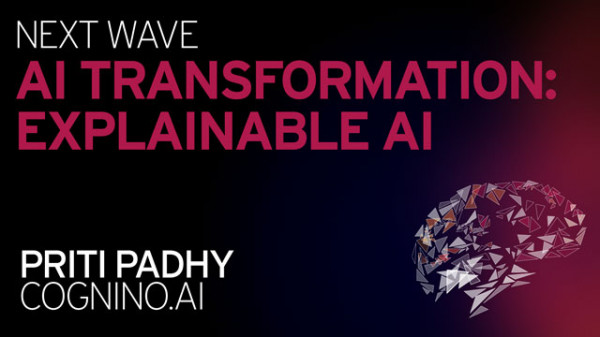
Event Recording
Priti Padhy: Next Wave AI Transformation with Explainable AI
Dec 03, 2020
Over the last year, an unprecedented scale of digital transformation has resulted in exponential growth of organisational data, which could impact decision making. Using machine learning approaches to mine and reason through masses of data is ineffective. In this session you will learn that while the first wave of AI involved many narrow applications, the next wave will help generate a dynamic understanding of relationships and patterns in a corpus of information. This understanding primarily happens through explainable AI. It will become a key part of enterprise digital...
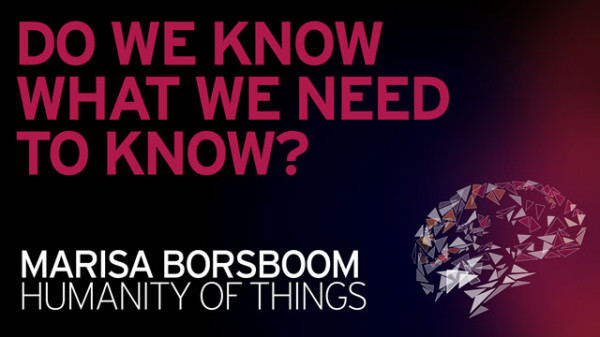
Event Recording
Marisa Monteiro Borsboom: Essay on Leadership Blindness on AI and Its Impact on the Digital and Human Transformation - Do We Know What We Need to Know?
Dec 03, 2020
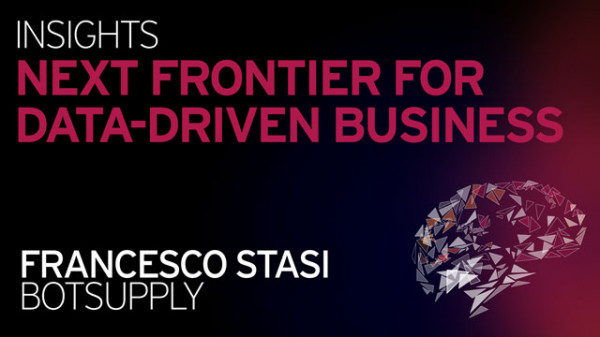
Event Recording
Francesco Stasi: AI-Driven Insights From Historical Customer and Employee Conversations: The Next Frontier for Data-Driven Businesses
Dec 03, 2020
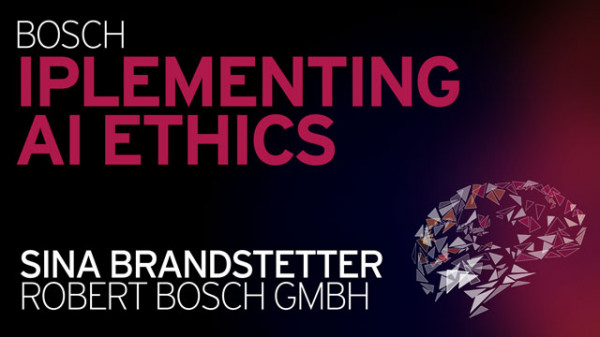
Event Recording
Sina Brandstetter: Implementing AI Ethics @ Bosch
Dec 03, 2020
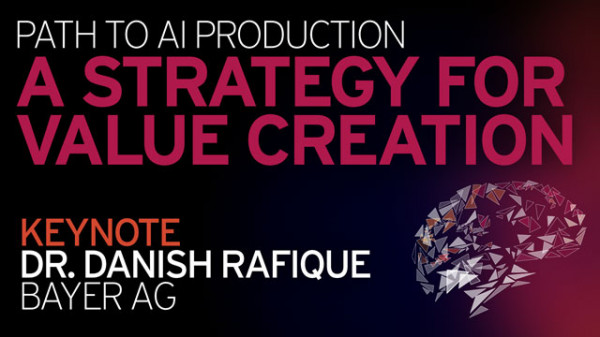
Event Recording
Dr. Danish Rafique: Path to AI Production - A Strategy for Value Creation
Dec 03, 2020
Congratulations. Your AI business case is crisp; you already have a data strategy in place; your proof-of-concept looks and feels great; you have the right talent to build the AI product or service which will push your organisation directly into the digital age. Sounds familiar? It is at this stage where most organisations give up on the AI initiatives due to lack of value creation. Why is that, one might ask? The business case was already locked, among other aspects, where's the problem at? One word: Production. AI products and services are notoriously different in terms of production...










